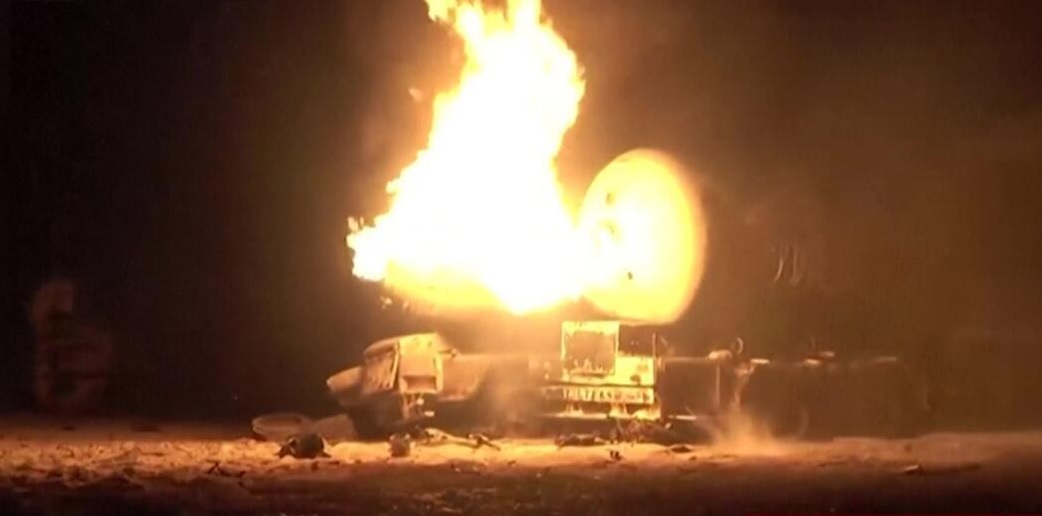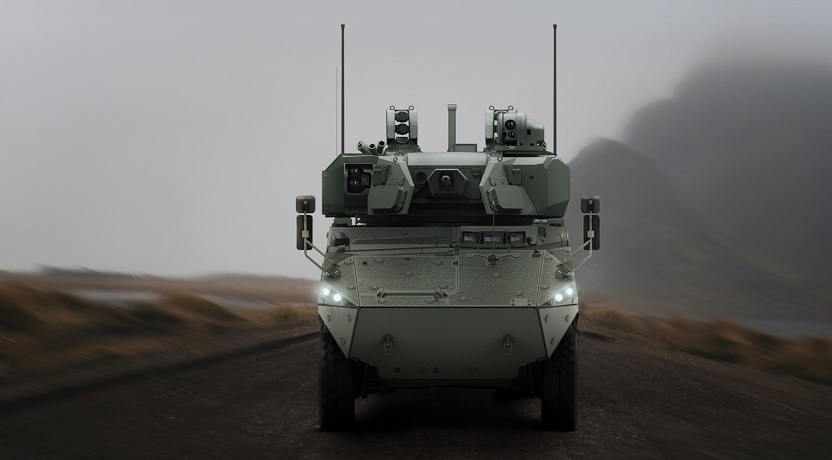Isro chief: Indian Astronaut will Fly to Space Station in U.S Launch Vehicle

Defense News - The Chairman of the Indian Space Research Organisation (ISRO), S Somanath, announced on November 29, 2023, that NASA initiative to send Indian astronauts to the International Space Station (ISS) stems from discussions between India Prime Minister Narendra Modi and US President Joe Biden. According to Somanath, NASA Administrator Bill Nelson has affirmed that Indian astronauts will embark on the ISS journey using American equipment, as reported by news agency ANI.
Emphasizing the importance of ensuring benefits for India, Somanath expressed ISRO desire for Indian astronauts and their supporting teams, including those responsible for handling, medical, and control aspects, to undergo training at US facilities. This approach aims to provide Indian astronauts with valuable exposure to ISS missions, ultimately contributing to the enhancement of India Gaganyaan program.
Bill Nelson visit to India on November 28, 2023, marked the beginning of a week-long series of discussions, meetings, and events aimed at strengthening the partnership between NASA and ISRO. Nelson acknowledged India leadership in the field of space exploration.
In another collaborative endeavor, NASA and ISRO are gearing up to launch the NASA-ISRO Synthetic Aperture Radar (NISAR) satellite in the first quarter of 2024. Pre-launch tests, including vibration-related assessments, will precede the satellite deployment. The GSLV from Satish Dhawan Space Centre in Sriharikota, Andhra Pradesh, will carry NISAR, with a planned operational duration of three years.
NISAR, an Earth observing satellite, is designed to analyze and survey Earth lands and ice-covered surfaces every 12 days, albeit with a 90-day commissioning period. Its mission encompasses observing Earth dynamic surface, interior, cold regions, terrestrial ecosystems, and water. NASA highlights that the data collected by NISAR will facilitate global resource and hazard management, aid in understanding climate change impacts, and enhance knowledge of Earth crust.
Critical to disaster prevention and preparedness in vulnerable regions, NISAR capacity to measure changes on Earth surface with precision down to the centimeter is attributed to its unique capability to collect radar data in both L-band and S-band microwave bandwidth regions. Notably, NASA contributes the L-band SAR payload, while ISRO provides the S-band SAR payload for this groundbreaking mission.



